It's about our food and our future. More than NOK 60 million is now being invested in research into sustainable breeding and biotechnology in Norway's Inland region, and Sundal the bull has a central role in it.
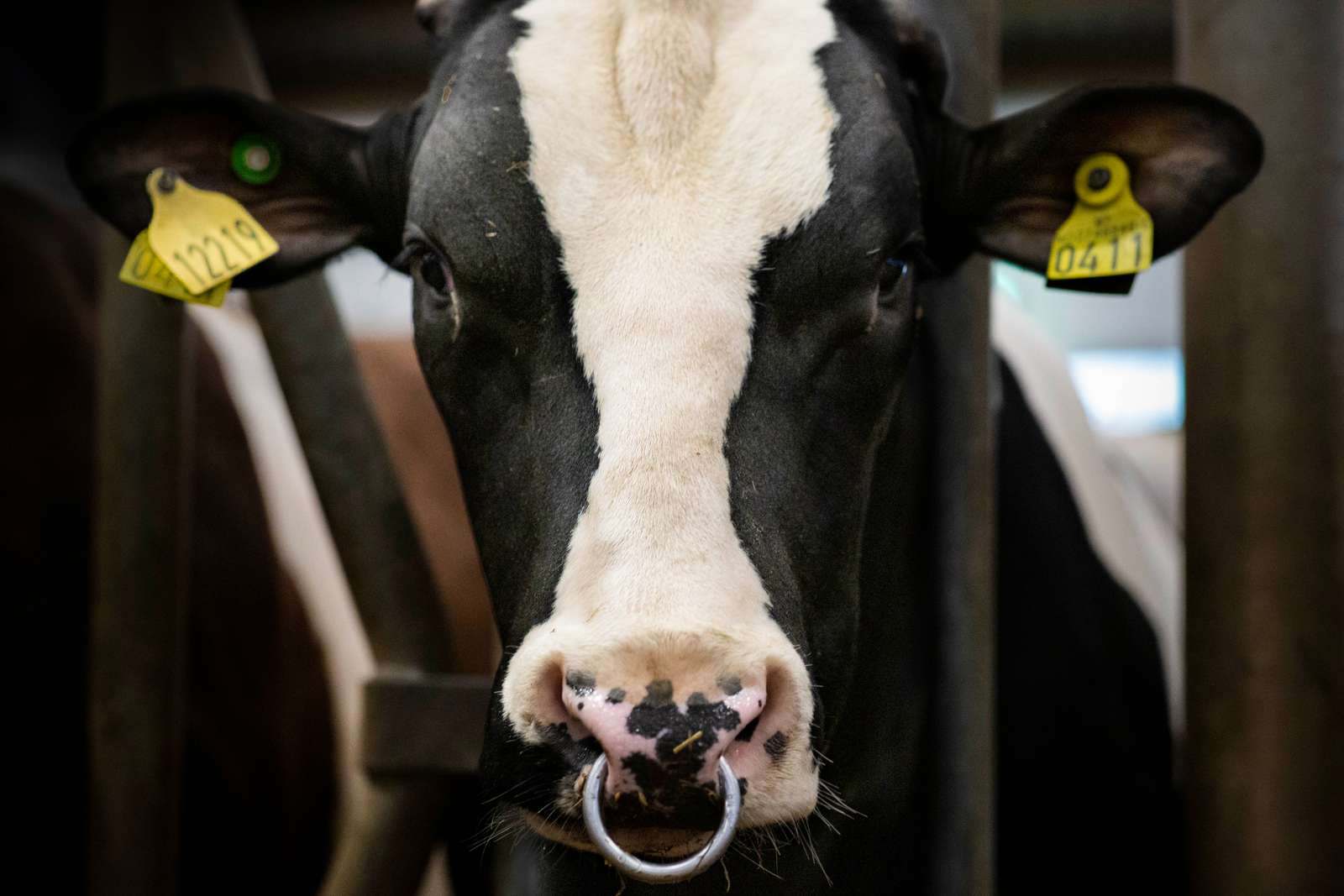
Say hello to almost two-year-old Sundal. He lives together with around 100 other bulls in the barn of the breeding company Geno in Stange. Sundal will soon contribute to the research.
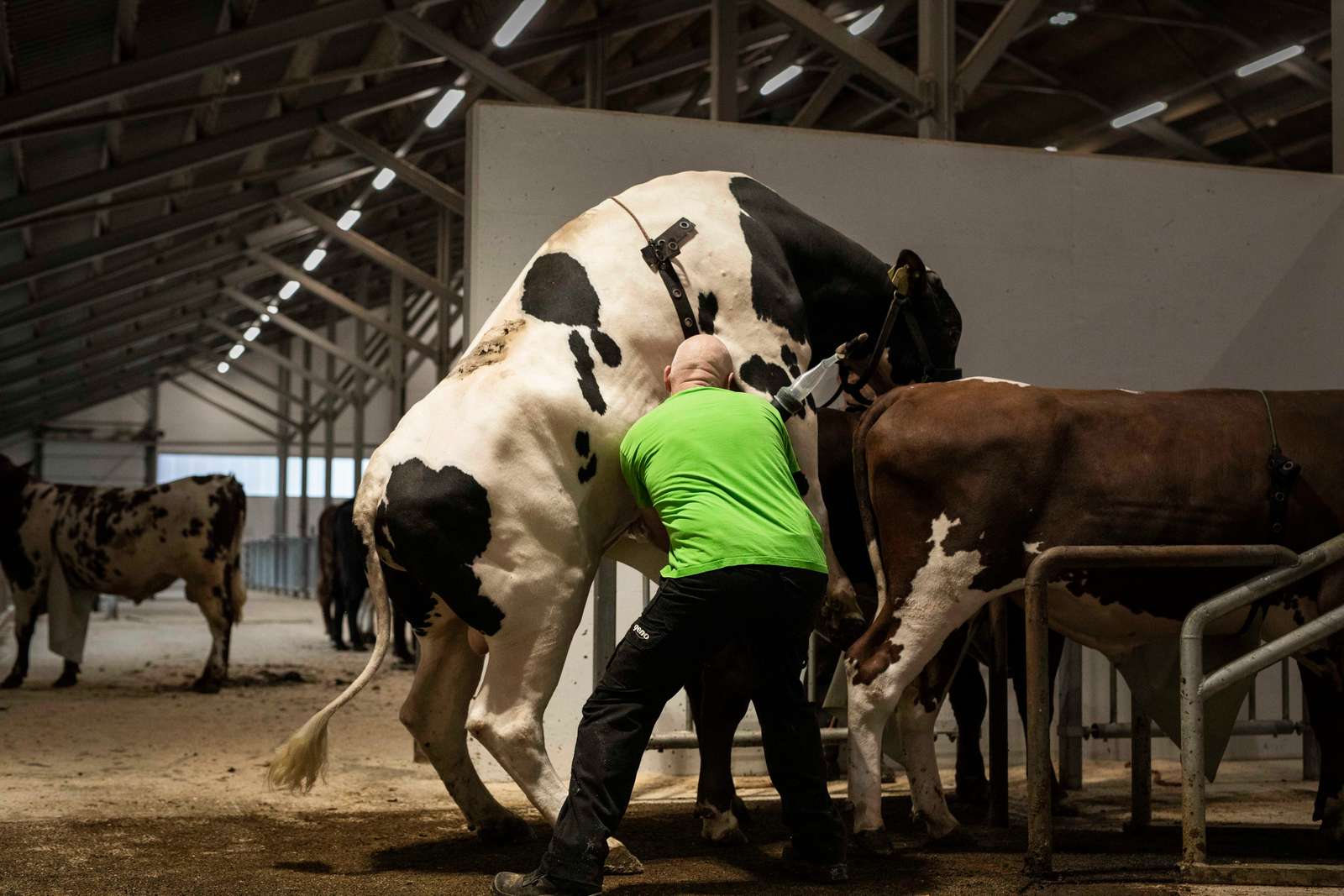
It's easily done.
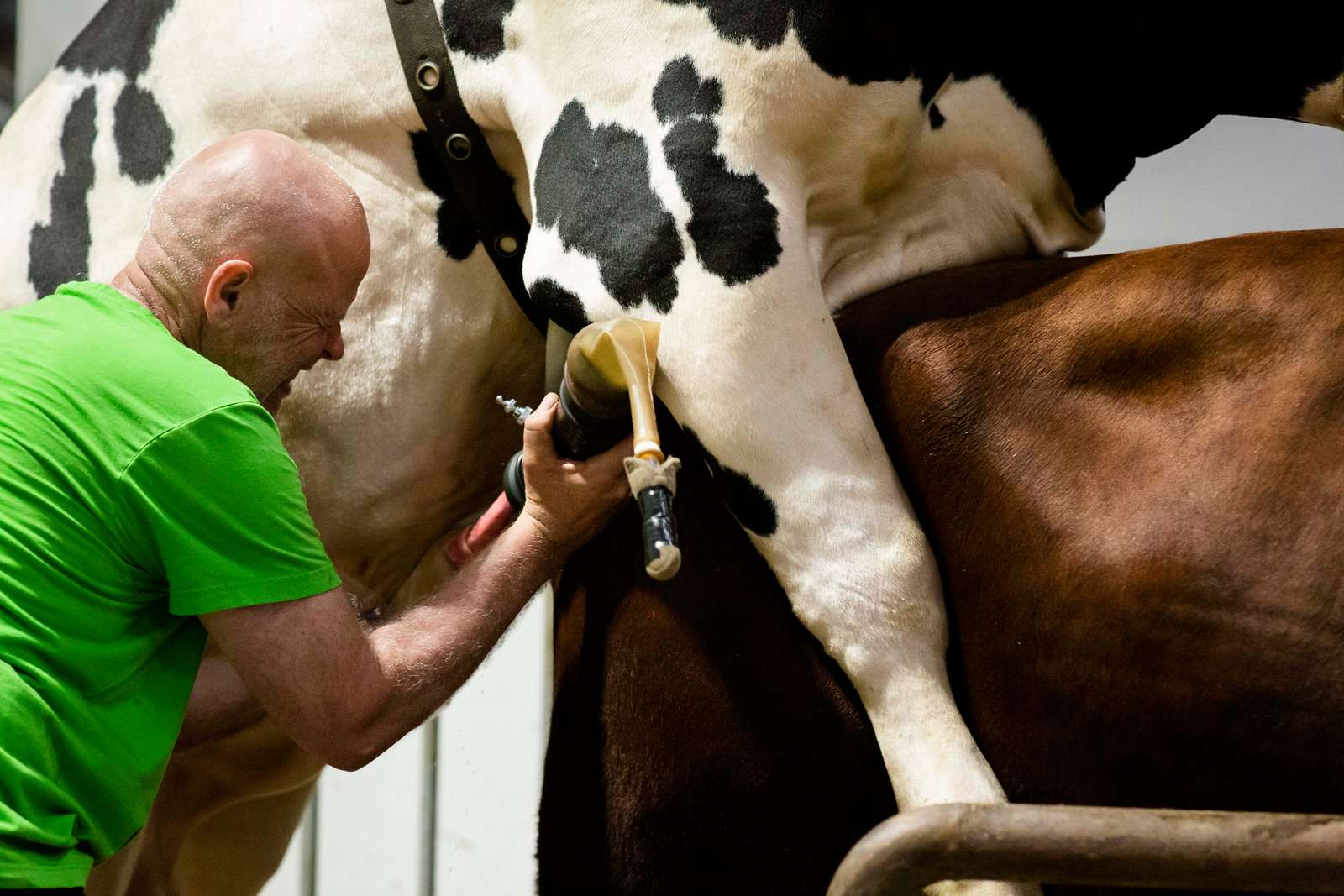
A few seconds is the time it takes to collect Sundal's semen.

We will return to Sundal's precious drops and why the activities at Geno are of research interest now.

First you get to meet Professor Elisabeth Kommisrud of the Department of Biotechnology at INN University. She leads the major research project that started in spring 2022.

The budget is over NOK 60 million. 28 of these come from the Research Council of Norway. 12 are from Innlandet County Council. The rest has been allocated by the other participants. Six years have been designated for the project.
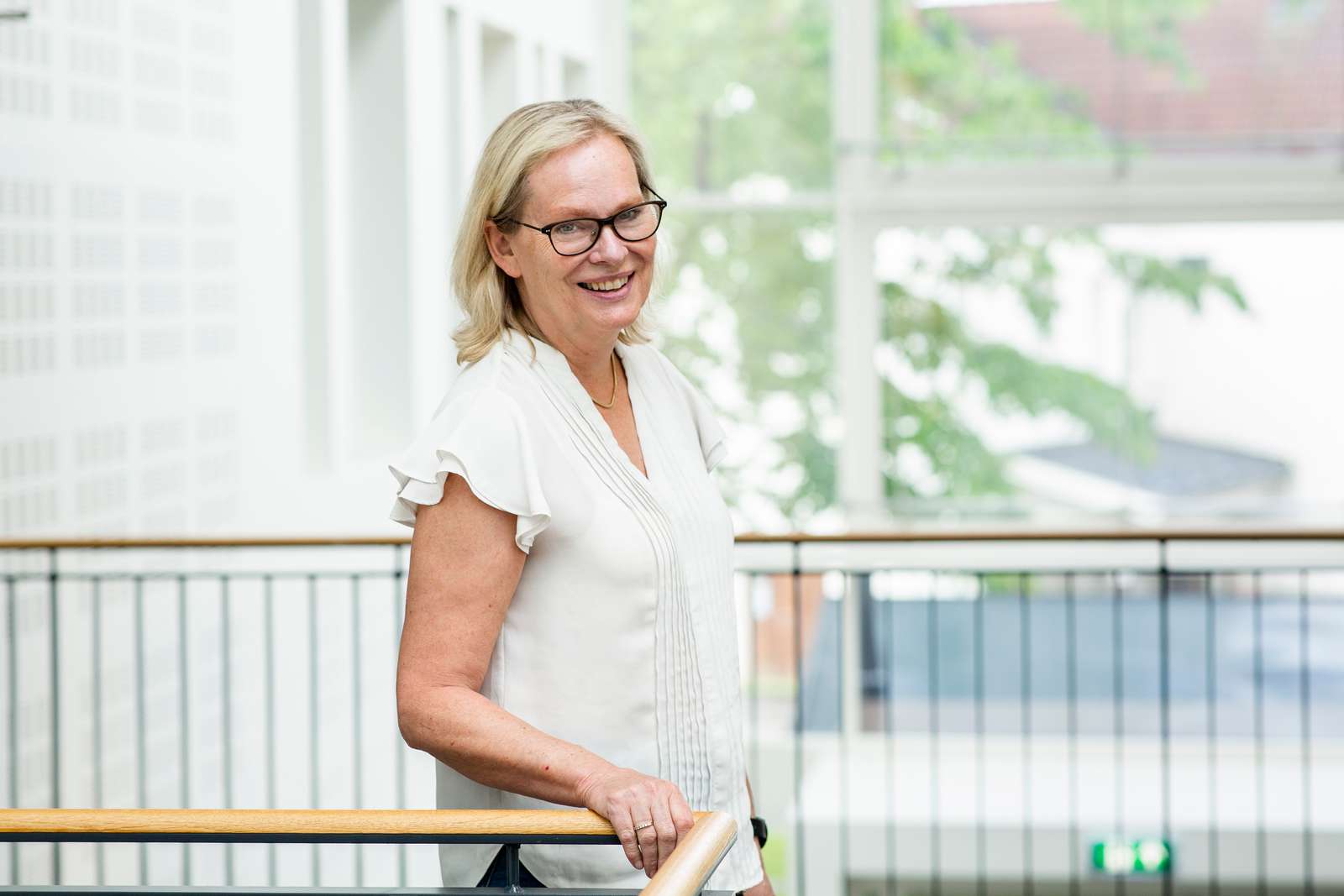
Zygote is a research project that will contribute to solving challenges that the businesses involved in the project have encountered. The businesses themselves have played a role in addressing the challenges.
Elisabeth Kommisrud
The businesses involved are not just any businesses.
The two largest players in cattle and pig breeding in Norway, namely Geno and Norsvin, are involved.
Both Geno and Norsvin are regional companies based in Hedemarken. Norsvin conducts continuous research to offer high-quality pig genetics for Norwegian pig producers and customers worldwide.
Also participating is the biotechnology company SpermVital, which has developed a unique immobilization technology for sperm. The team also includes NCE Heidner Biocluster, Norway's leading industry cluster for green bioeconomy and sustainable food production, and Klosser Innovasjon, which has land-based char farming as the focus of the project.
In addition, a number of academic partners are participating in the research: Oslo University Hospital, OsloMet, SimulaMet, SINTEF and the Swedish University of Agricultural Sciences.
Together, these will conduct relevant research that can facilitate improvements in the breeding industry. This should make the industry safer, more environmentally friendly and more efficient and competitive.
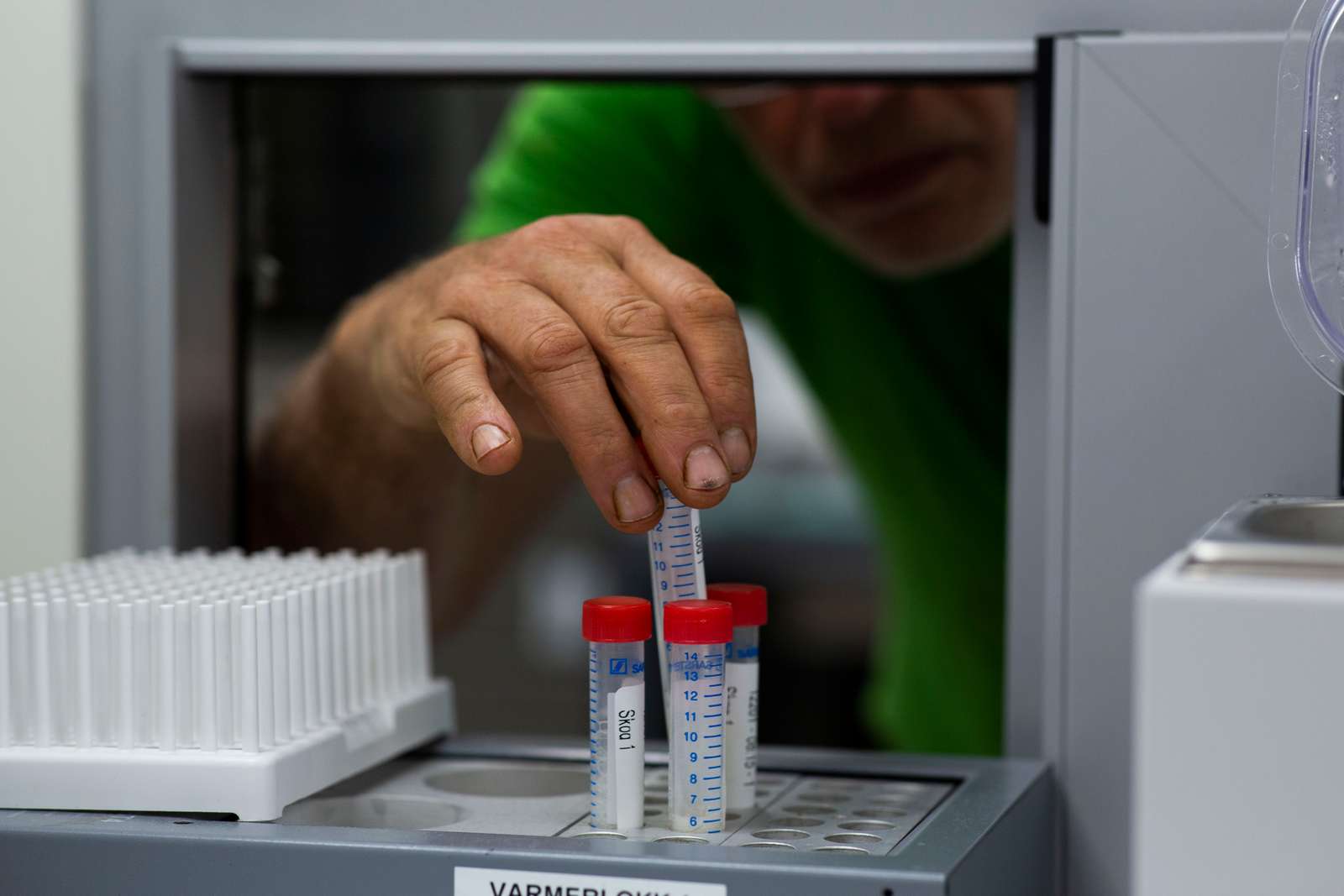
As promised, we return to the precious drops the bull Sundal delivered at dawn. The quality semen has now been transported from the barn to the lab at Geno.
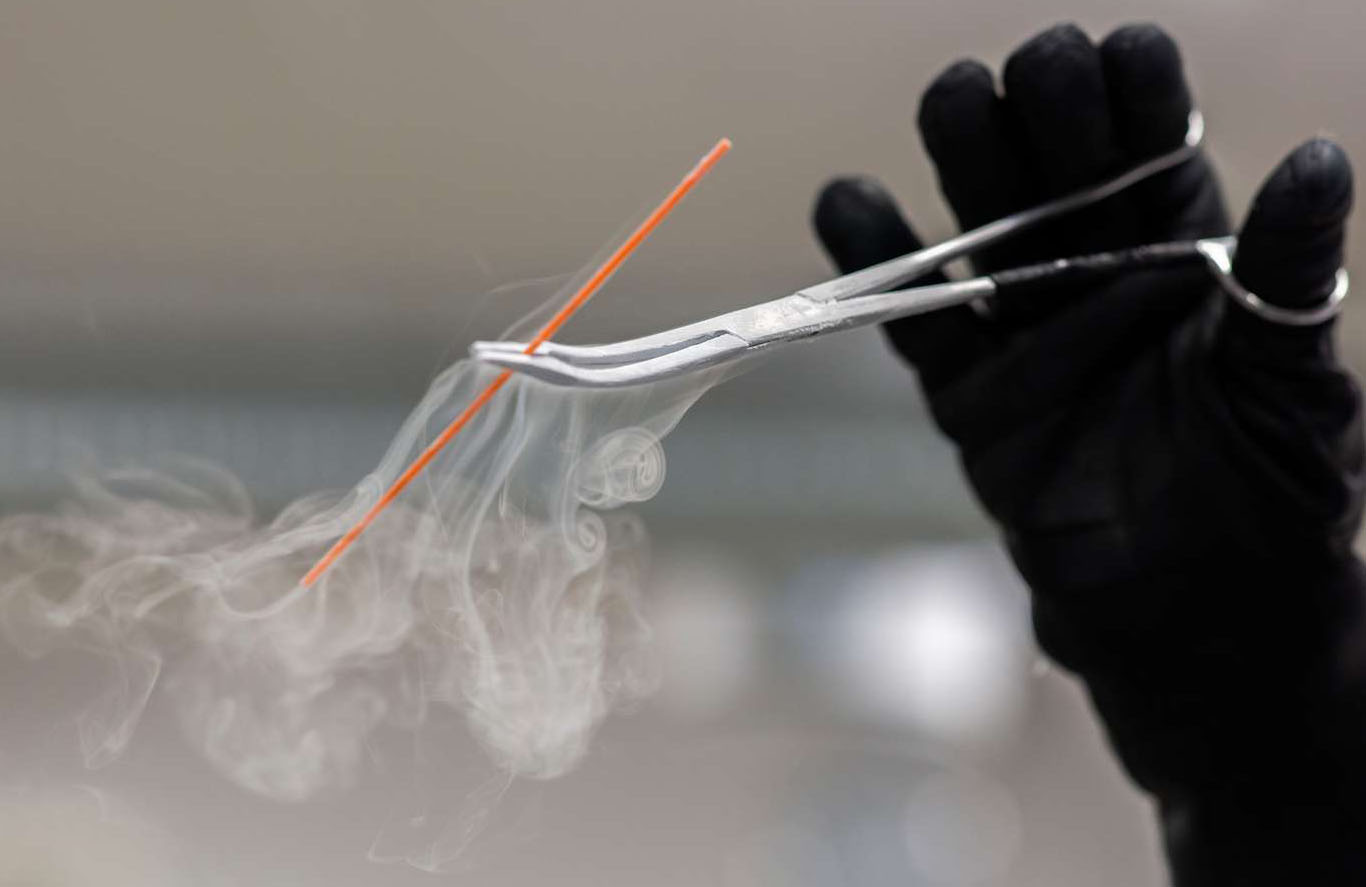
There it has been processed, placed in a thin straw , and frozen to minus 196 degrees Celsius in a container of liquid nitrogen – so-called cryopreservation.

This is how the semen is stored before it is distributed throughout Norway and to 30 other countries where it is used for artificial insemination. Any farmer can thus have access to a high-quality bull that produces better offspring.
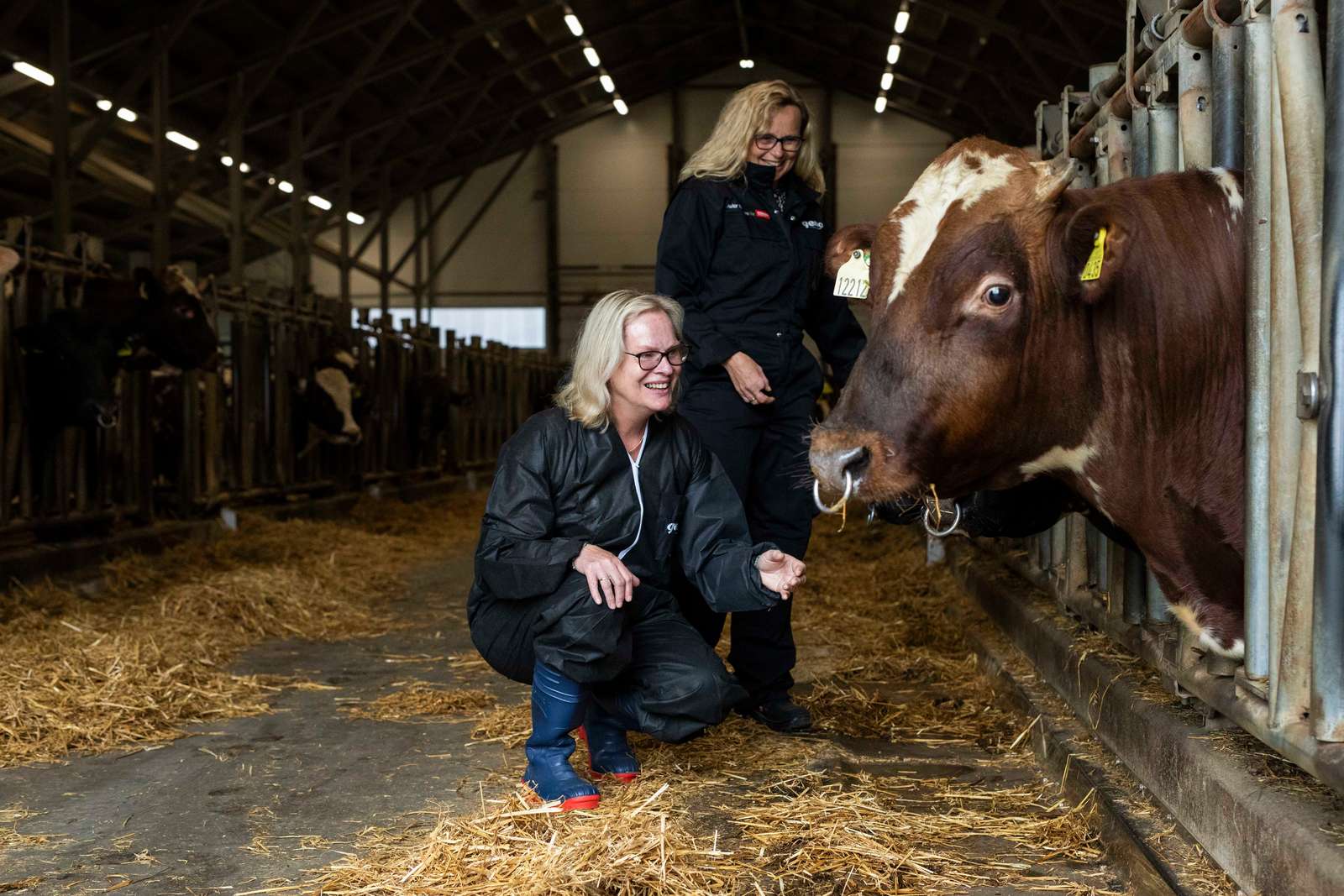
Back in the barn in Stange. Along with Elisabeth here is Margrete Nøkleby. She is head of the supply chain at Geno. In other words, she is in charge of the entire process of ensuring the highest quality semen is available to Norwegian farmers.
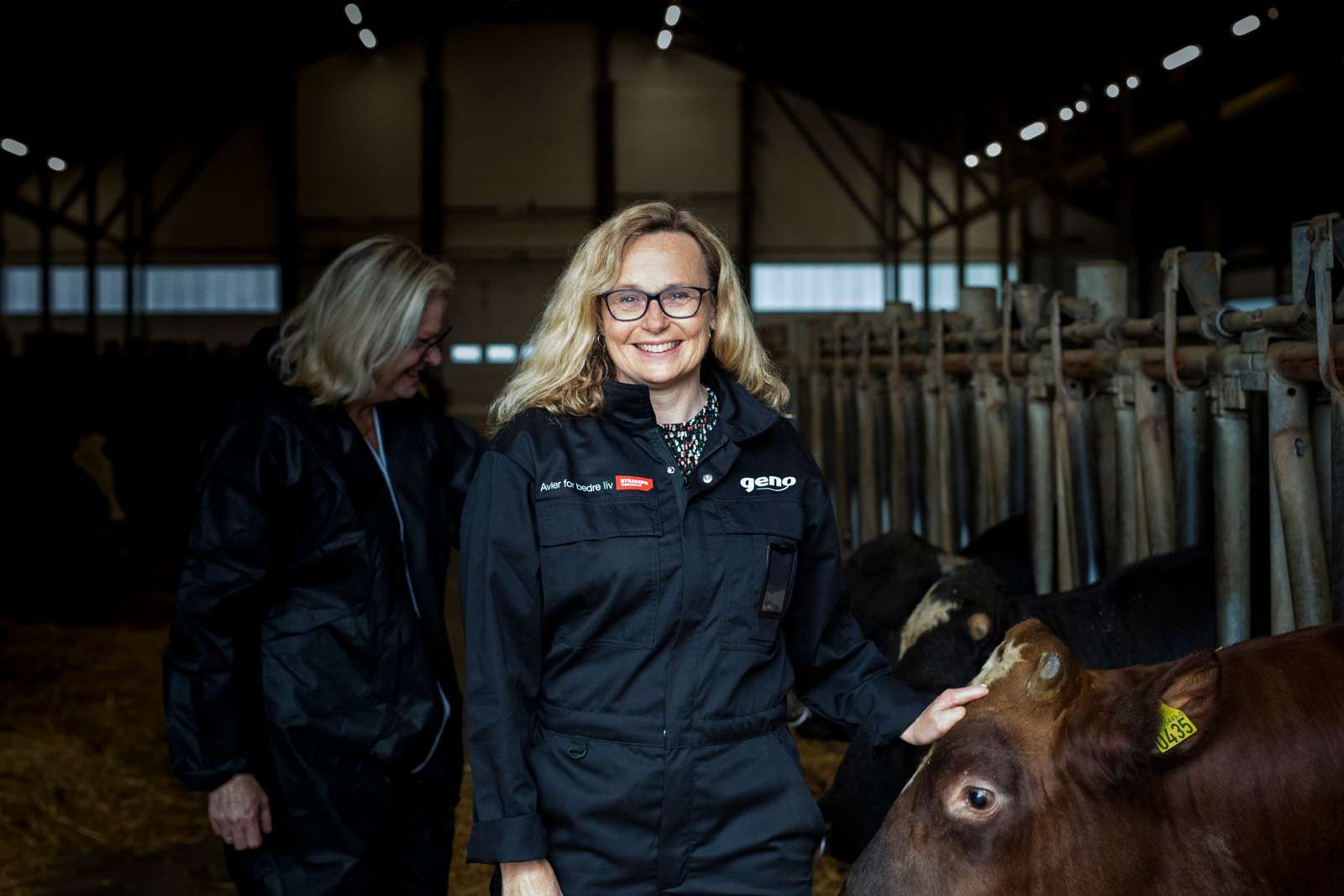
Involvement in the work on this research is very important for Geno. After all, we are a high-tech company that is completely dependent on us having a close and fruitful collaboration with research.
Margrete Nøkleby
As mentioned, the companies themselves have provided input regarding their research needs.
One of the things Geno wants help with is better predicting when the bulls are sexually mature. If the bulls are put into production too early, it results in the semen not being usable in too many cases.
Companies simply want a better tool for knowing when the bulls are ready.
If you manage to do this, Geno can utilize only bulls that are mature enough, and wait with the others. It will save them a lot of work.
We hope this environment at INN University will make us more competitive and help us work more efficiently, be more targeted and use our resources in a smart way.
Margrete Nøkleby
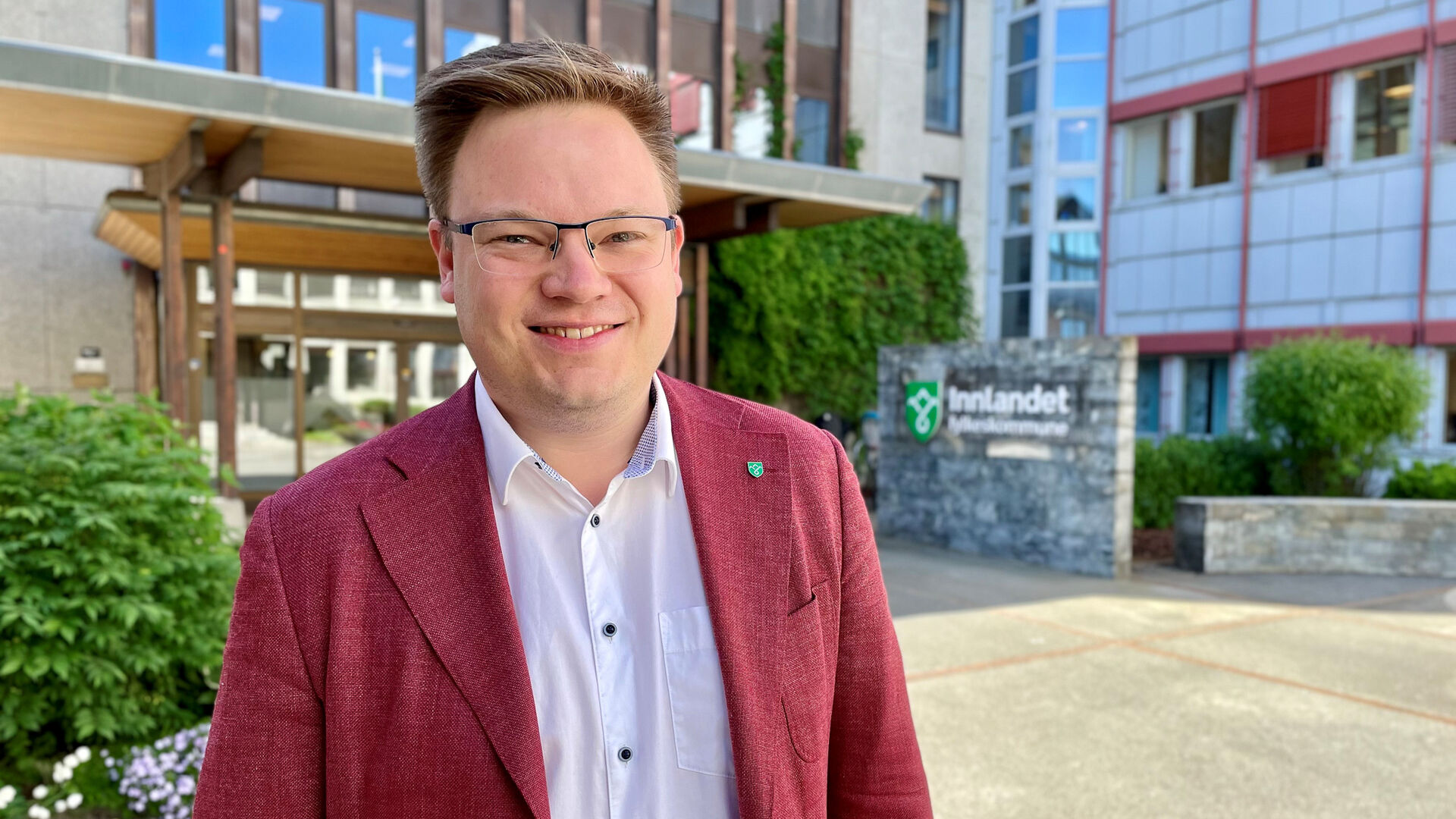
Innlandet County Council is a partner and participates in the project's steering group. County mayor Even Aleksander Hagen (Ap) believes the millions the County Council spends will benefit both the region and everyone involved. This falls squarely within Innlandet County's planned direction for the years to come.
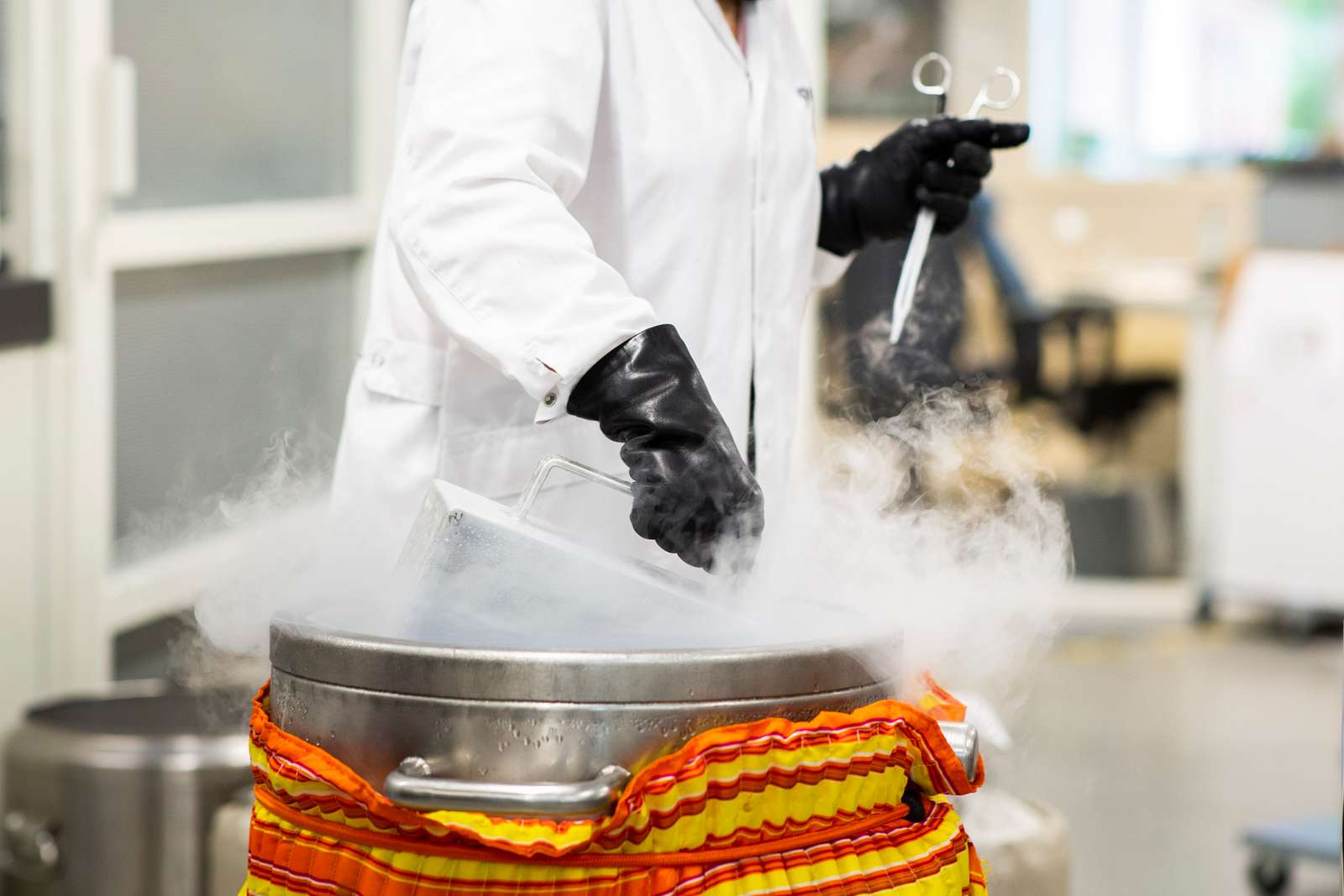
There are few, if any, measures that have an equally targeted effect on raising the industry's capacity for research-based development. This specific project will be important for strengthening Innlandet's position as Norway's green engine.
Even A. Hagen
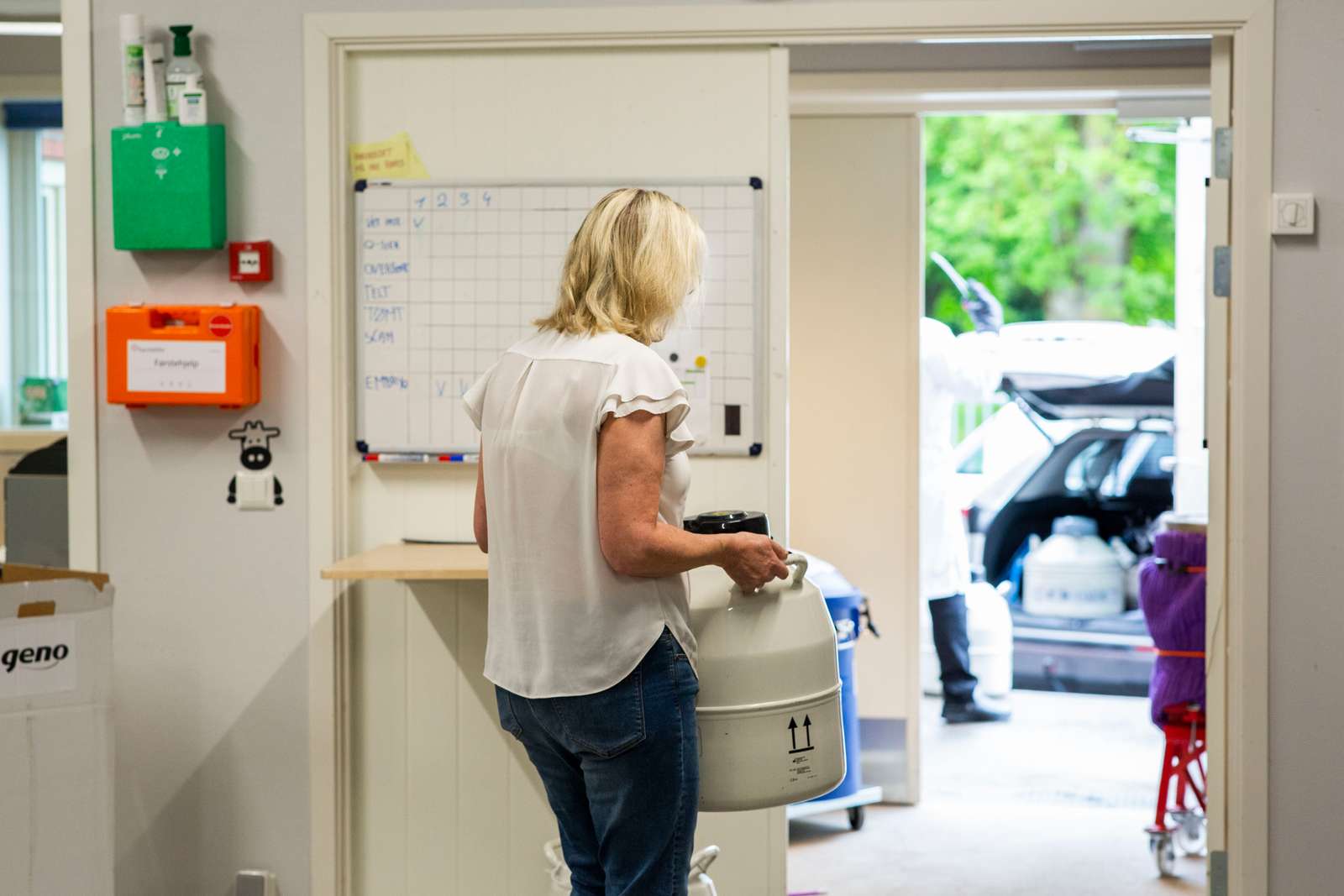
There will be many trips with frozen semen from Geno to the laboratories at INN University for Elisabeth Kommisrud over the next six years.
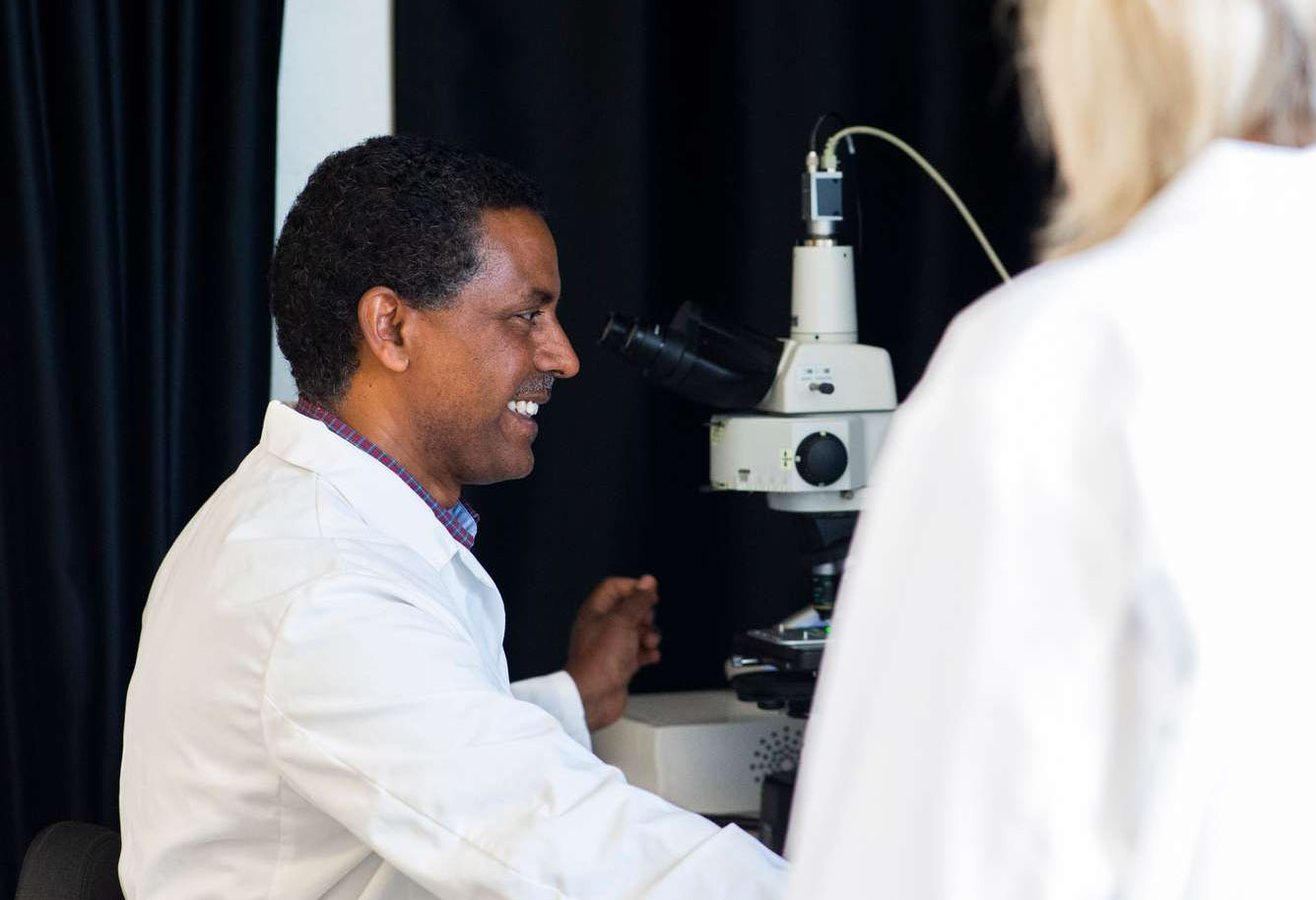
Elisabeth will not do all this work alone, of course. Colleagues from the Department of Biotechnology are involved, in addition to professionals from the companies involved. More PhD fellows and postdoctoral fellows will also be appointed.

Teklu T. Zeremichael (pictured here), is already employed in an 80 percent position and is one of Kommisrud's closest colleagues.
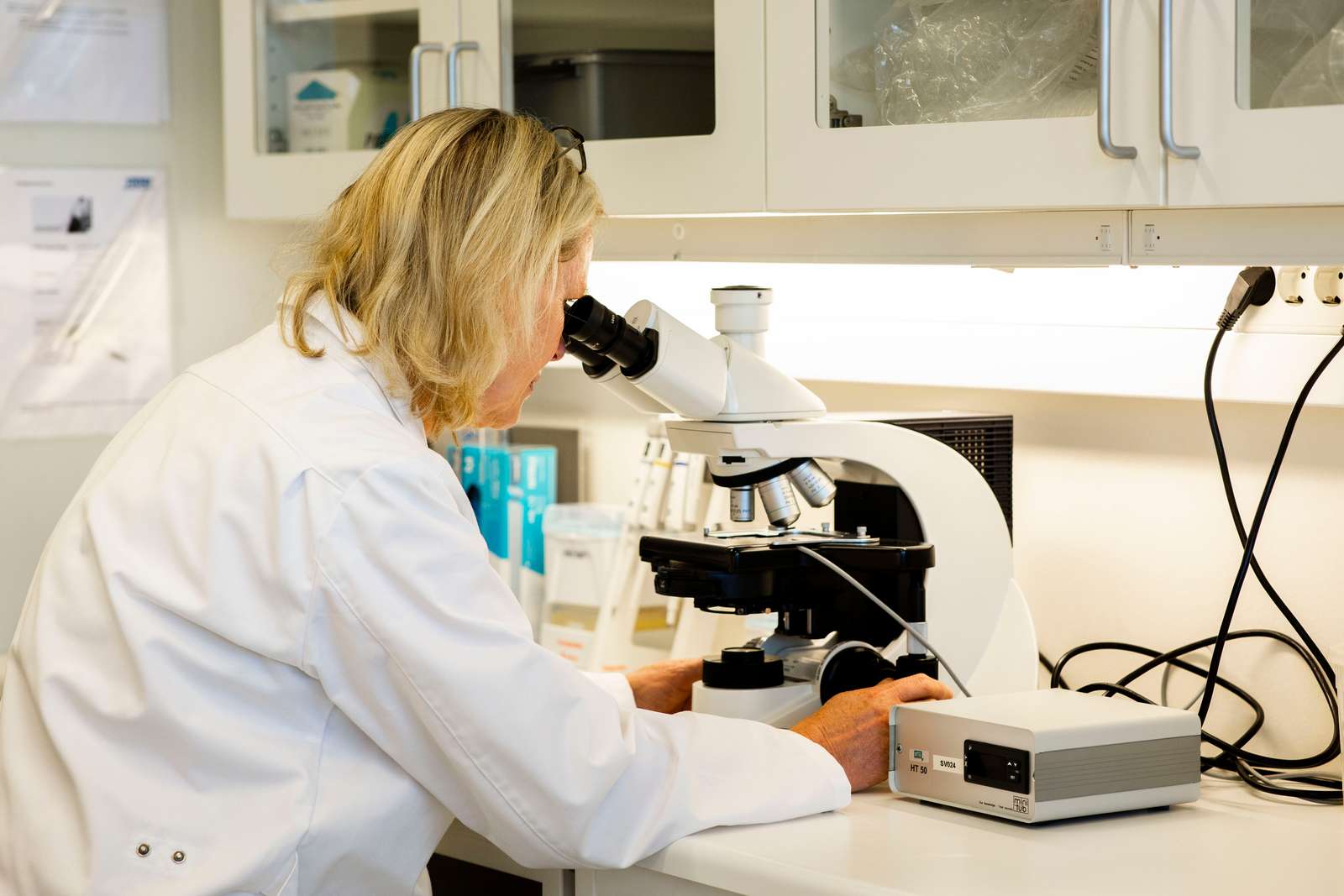
Perhaps here is where she and her colleagues will find the solutions to the challenges the companies have presented for the consideration of this research project.

For Sundal, the work day is over for now. But his genes live on. All over the world and for the researchers in the Zygote project.
Read more:
About Zygote (summary from the Research Council of Norway)
For any questions:
- elisabeth.kommisrud@inn.no
- Phone
- +47 62 51 72 47
Prepared by:
- ole.ringlund@inn.no
- Phone
- +47 62 43 02 71
- nan.kolby@inn.no
- Phone
- +47 62 43 03 26
- noorit.larsen@inn.no
- Phone
- +47 61 28 85 18
Photos: Elen Sonja Klouman


